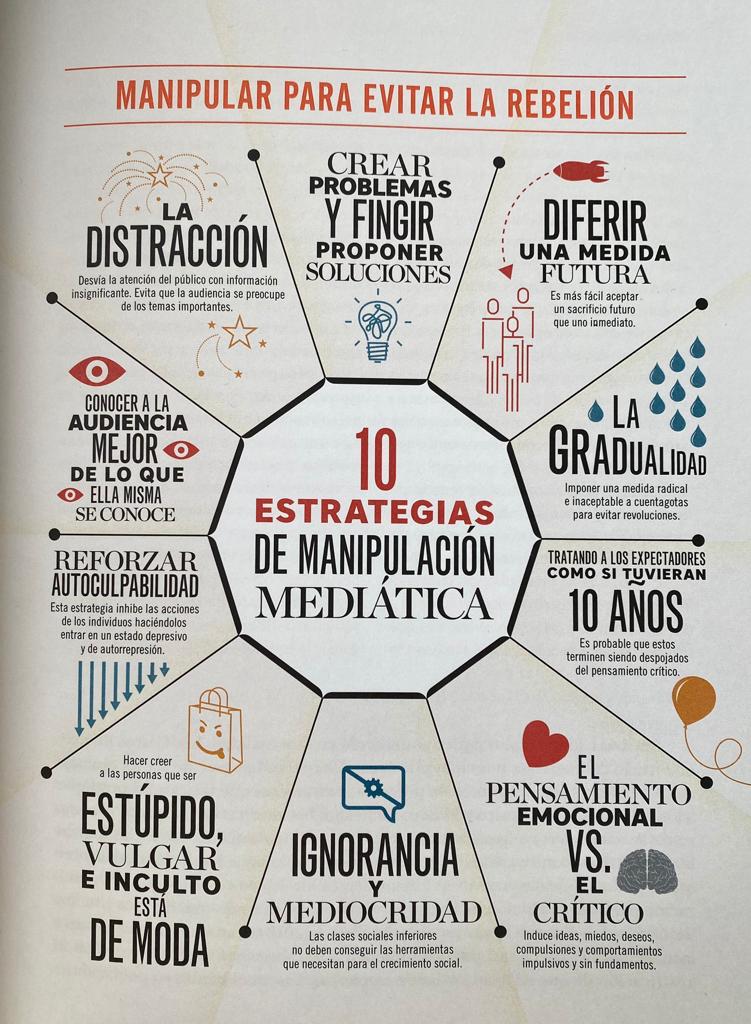Pres d’ací
22 d’Agost de 2020
«Molta gent ha perdut la fe tradicional en el Catolicisme i ha abraçat diverses i acolorides formes d’idolatria: l’energia de les pedres, el reiki, el tarot, el ioga, l’acupuntura, el karma…»
A la Roma pagana la va succeir la Roma cristiana. En un procés no molt llarg de temps, la religió que Jesús de Natzaret va difondre primer als apòstols i, a través d’ells, a tota la humanitat, va arribar als cors de milions d’habitants del vast Imperi Romà. Les adoracions a Júpiter, Mart, Venus i els centenars d’idolatries del moment van deixar pas a una Fe monoteista, nascuda a Judea i reforçada per la filosofia grega. Ara bé, s’equivoca qui creu que els primers cristians van debatre i convèncer exclusivament a pagans de pedra picada. Va arribar un moment en que a l’Antiga Roma ben poca gent creia en res estructurat. El paganisme feia dècades que no era assumit per les elits dirigents (el veien com un simple instrument de poder) i, amb els anys, ni el poble menut hi creia fervorosament —a excepció de les zones més aïllades, on els canvis sempre triguen en arribar.
No era d’estranyar que davant la ferma devoció de teòlegs com Pau de Tars, les masses mal·leables i buides que ja no creien en gaire cosa més que els plaers terrenals, acceptessin de bon grat les ensenyances de Crist. Avui, com ahir, ens trobem en una situació similar. Molta gent ha perdut la fe tradicional en el Catolicisme i ha abraçat diverses i acolorides formes d’idolatria: l’energia de les pedres, el reiki, el tarot, el ioga, l’acupuntura, el karma, els viatges a Tailàndia per trobar-se a si mateix, les creences New Age o, fins i tot, alguns souvenirs pretesament amazònics. I, en paral·lel a aquesta societat post-cristiana desestructurada, apareixen amb força noves societats estables, fortes i devotes.
La fe i l’espasa
Tal com va informar aquest diari, l’Islam ja supera el Cristianisme a Catalunya en 126.369 persones. L’assistència a la Missa catòlica ha quedat reduïda a 437.686 creients. Per tant, en nombre de devots, els seguidors de la doctrina religiosa i política islàmica ja conformen la primera religió del Principat. Els musulmans presenten, contra la modernitat líquida occidental, un sistema de valors ferm, organitzat, disciplinat i estricte. Ens trobem, ras i curt, amb un xoc de dos mons: per una banda, un Occident hedonista que ja no creu en res i, per altra banda, un Islam devot que creu fervorosament en el que diuen les revelacions de l’arcàngel Sant Gabriel al profeta i cabdill militar Muhàmmad.
Les cultures fortes devoren a les dèbils. Així va fer Roma amb els bàrbars i així va fer el Cristianisme amb els pagans. No sempre cal fer-ho amb l’espassa. La dèbil idolatria esotèrica d’avui en dia ja la van experimentar els antics romans abans de conèixer la fortalesa dels apòstols. Igual que els pagans, els cristians ens trobem amb un opositor 100 vegades més poderós que nosaltres.
Tot i la complicació de tot plegat, encara hi ha una sortida. Però ha de passar perquè l’Església es miri a si mateixa i es replantegi, que torni a ser desitjable i atractiva. Que deixi de voler ser únicament amigable i estimable per milions de persones que no trepitjaran un temple cristià en la seva vida. Que sigui molt més que una simple ONG, que vagi més enllà dels discursos únicament socials, que sigui forta entre els joves i a les xarxes socials, que aprofiti el dinamisme de crear grups reduïts de creients per dedicar-se a l’evangelització. Que la ciutadania sàpiga que l’Església és, essencialment i per sobre de tot, l’assemblea dels qui creuen en Déu. De no ser així, farem bé de mirar-nos quina és la nostra talla de gel·laba.
